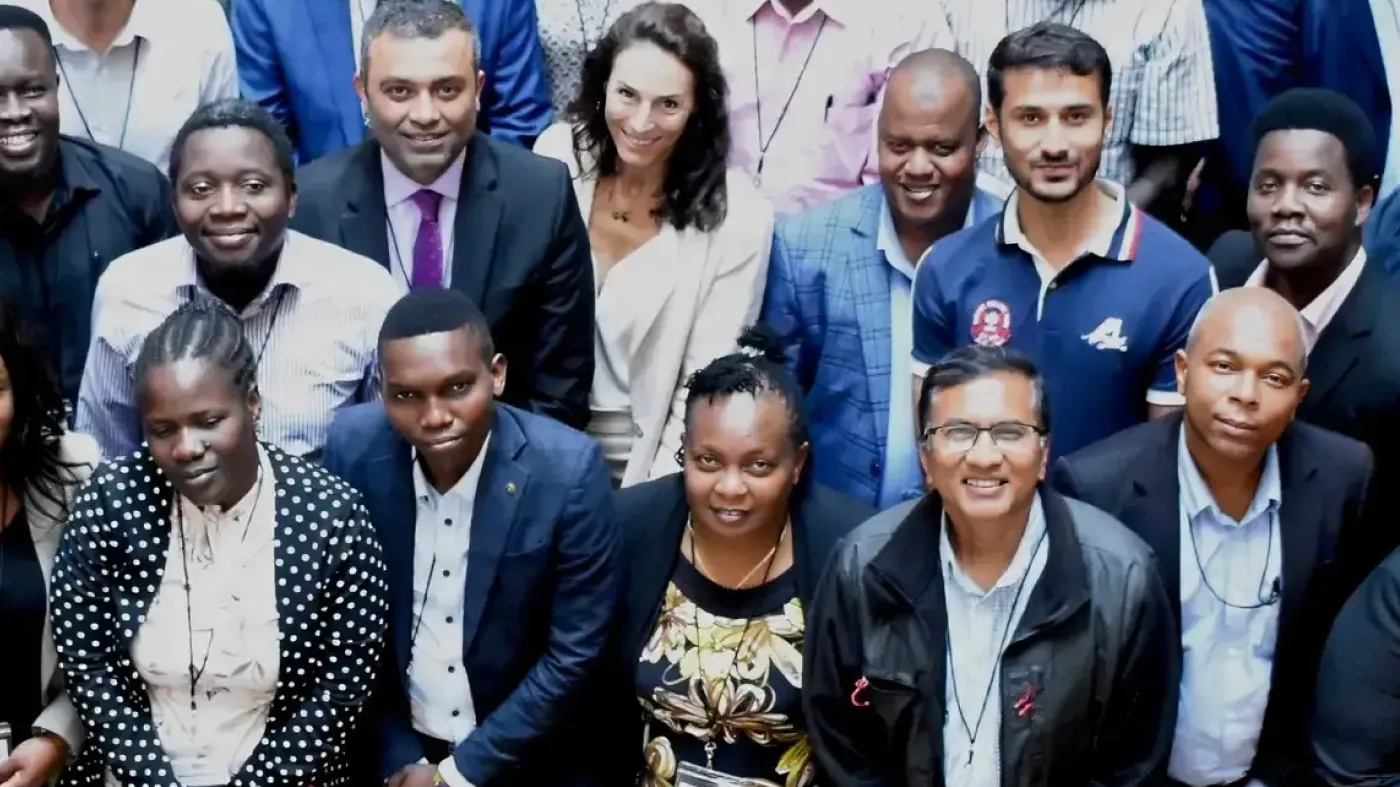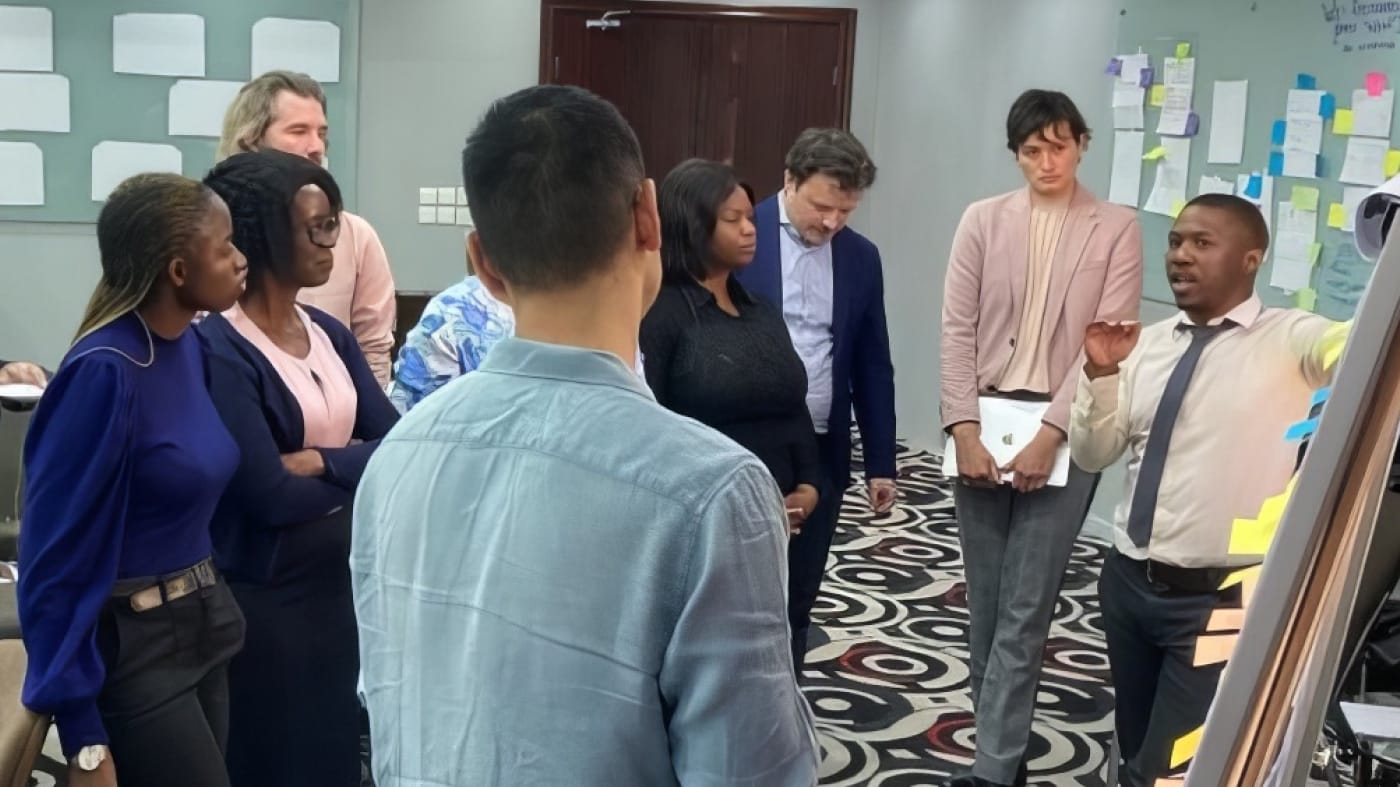Download All Country Data
By mid-2021, access to COVID-19 vaccines in the U.S. had greatly improved, and numerous incentives were being offered to promote vaccine acceptance. However, more than a third of American adults remained unvaccinated, and the pace of getting shots into arms had slowed dramatically. New communications strategies were needed to reach those who were vaccine-hesitant, particularly as the Delta variant — and subsequently, the Omicron variant— put unvaccinated communities at significantly greater risk for COVID-19 and its complications.
At the same time, stories about the devastating impact of long COVID were surfacing at an alarming rate. Some people who developed COVID-19 early in the pandemic were still experiencing symptoms, including fatigue, shortness of breath, “brain fog,” gastrointestinal problems and loss of taste and smell, among many others, more than a year after their initial infection. Today, tens of thousands of Americans are struggling to manage long COVID while doctors and medical researchers are just starting to learn about the condition and how to treat it. One thing is clear: anyone who has had COVID-19 can develop long COVID, including people who experienced mild or asymptomatic cases.
Resolve to Save Lives (RTSL) sought to create a greater sense of urgency among vaccine “holdouts” by increasing public awareness of long COVID.
Using Data to Inform Planning
RTSL conducted a national survey that assessed public awareness and understanding of long COVID and whether its risks would motivate people to get vaccinated against COVID-19. It found that roughly one-third of American adults were unaware of the condition. After viewing a series of video testimonials from people suffering from long COVID (“long-haulers”), 64% of the survey respondents said they were more concerned about the condition. Notably, a large portion of those who were unvaccinated — about 40% — said they were more likely to consider getting vaccinated after hearing the testimonials, including nearly half of 18- to 29-year-olds and one-third of those who were vaccine-hesitant.
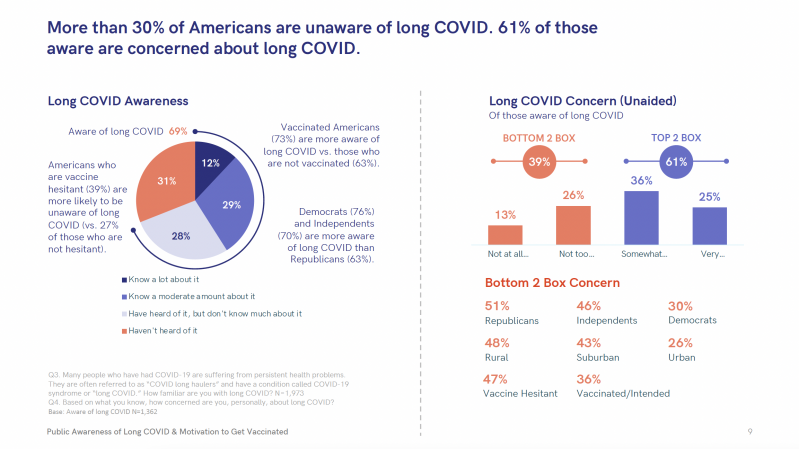
This research underscored the need for greater public awareness and understanding of long COVID and how vaccination can prevent substantial pain and disability. The findings also suggested that long-haulers were key messengers who could help encourage COVID-19 vaccination at an especially critical time.
With a total campaign budget of $150,000, RTSL searched for COVID long-haulers to feature, with assistance from various patient support groups, long COVID clinics and social media platforms in the U.S. It also enlisted the creative agency collective, Three Seas, Inc., for help screening and identifying the best “patient ambassadors” and in crafting a series of testimonials that instilled a sense of urgency, in a serious yet empowering manner. Each unscripted creative execution needed to strike the balance of being engaging and compelling, without seeming coercive or overly dramatic.
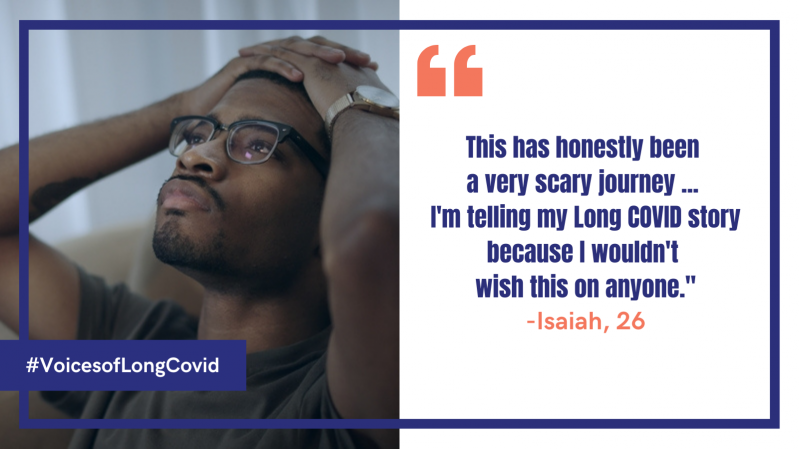
Demonstrating the Power of Patient Stories
The end product is Voices of Long COVID, a multifaceted campaign that launched in November 2021, featuring testimonials from a diverse group of young adults struggling with persistent health problems from COVID-19. Leveraging paid, earned, shared and owned media, the initiative is designed to increase public awareness of long COVID and promote vaccine uptake — particularly among people between the ages of 18-29 who are reluctant to get their shots. It spotlights three COVID long-haulers who have been battling the condition for over a year:
- Katelyn Van Dyke, a 20-year-old who got COVID-19 in November 2020 and now has significant memory loss and trouble breathing while walking.
- Rob Smith, a 22-year-old who used to run five miles a day and now struggles to climb stairs, maintain a healthy social life and manage the uncertainty of his COVID-19 recovery due to ongoing fatigue and brain fog. He shares his story in English and Spanish.
- Isaiah Smith, a 26-year-old U.S. Air Force veteran, part-time student and essential worker who became infected with COVID-19 in October 2020 and now experiences extreme nausea, chest pain, shortness of breath, dizziness upon standing, heart palpitations and challenges with comprehension.
RTSL enlisted various state and local health departments to co-brand and help promote the campaign ads via paid, earned, shared and owned media in cities and states with low vaccination rates. This encompassed key markets throughout Alabama, Indiana, Louisiana, Missouri, Montana, North Carolina, Ohio and Tennessee. Initial campaign partners included the Louisiana Department of Health, Missouri Department of Health & Senior Services, West Virginia Department of Health and Human Resources, Franklin County Public Health (Ohio), Marion County Public Health Department (Indiana) and Wake County Public Health (North Carolina).
RTSL also released a full suite of royalty-free campaign media assets that any agency or organization can customize and promote through TV, radio, digital and social media at the national, state and local levels.
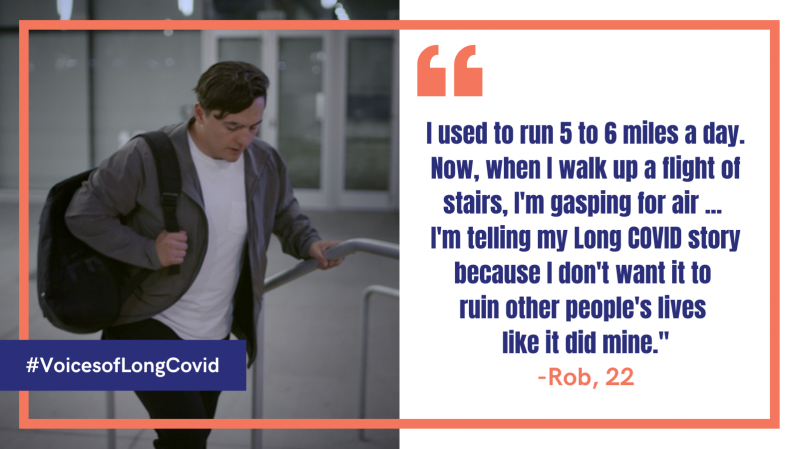
Key Successes & Lessons Learned
The campaign generated high-profile coverage from CNN, The Washington Post and various other news outlets. In addition, the ads received more than 346,000 views via a two-week, $25,000 social media campaign and organic promotion from RTSL.
Based on these early successes, HHS audience-tested the campaign ads among a nationally representative sample of 1,000 people who remain unvaccinated. The testimonials received very strong scores based on appeal, effectiveness, authenticity, believability and audience recall. HHS promoted the ads as part of the national We Can Do This campaign’s multi-million dollar media buy via TV, radio, print, digital and social channels throughout the spring of 2022. Additionally, California’s statewide My Turn initiative featured the ads in paid and organic campaigns on TV, radio, digital, social and OOH (gas station TV) media.
As of March 2022, the partnering state and local health departments have spent more than $1.2M on media buys promoting the campaign via broadcast, cable and Connected TV; Telemundo; AM/FM radio; digital display, native and video programmatic placements; Spotify; Pandora; Facebook; Instagram; Twitter; YouTube; Snapchat; Twitch; cinemas and health care facility waiting areas.
In addition, the Voices of Long COVID campaign was a finalist for a national SABRE Award, recognizing excellence in branding, reputation and engagement in the Public Education (COVID-19) category.
Van Dyke believes that emotion is the key factor driving the campaign’s success. “By sharing my story and showing people the vulnerability that I have as a result of this condition, it makes Long COVID more real,” she said.
“I think this campaign is so effective because it shows that Long COVID is not just some statistic on paper. Personal stories are easier for people to understand and relate to.”
She noted that some of her relatives who were vaccine-hesitant decided to get vaccinated after seeing the testimonials.
According to RTSL’s Senior Communications Advisor, Margo Gillman, the campaign has proven the old adage, “slow and steady wins the race,” as RTSL started exploring the campaign strategy in April 2021 and faced several challenges with partner and patient engagement prior to its November 2021 launch. Notably, one major stakeholder initially worried the campaign could be perceived as “fear-mongering,” but RTSL’s consumer research and support from state and local health departments ultimately allayed this concern. In addition, the process of identifying and enlisting appropriate patient ambassadors was time-consuming due to the campaign’s specific demographic and patient criteria and the need to protect patient privacy.
“We looked for patients specifically between the ages of 18-29 who were motivated to share their compelling stories, could speak from the heart and were comfortable being on camera,” Gillman said. “We sought to feature a diverse range of participants, and would have loved to produce more than three patient stories, but prioritized releasing the campaign as quickly as possible to increase vaccination rates ahead of future COVID waves.”
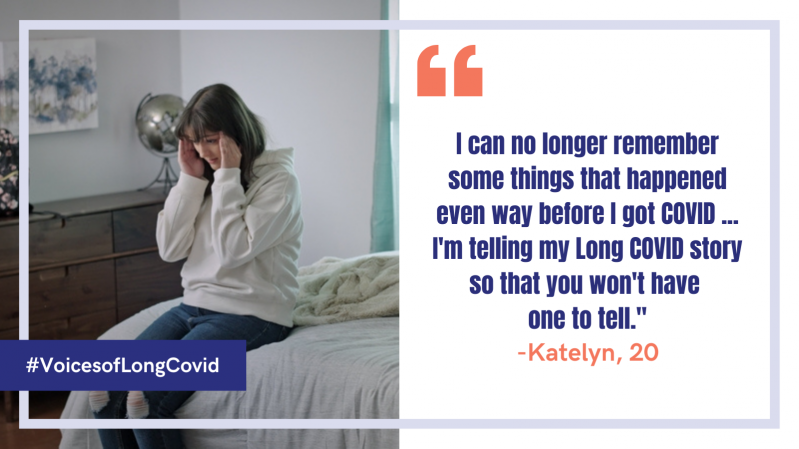
Gillman is optimistic the campaign will help persuade many people to get vaccinated. “It’s really heartening to know that we’ve gotten such great support at the state and local levels, and the ads are now being promoted by the federal government,” she said, noting that with HHS backing, the testimonials have aired nationally during high-profile TV programs, including Saturday Night Live.
“The media increasingly are discussing long COVID as research is underway and advocates are trying to secure greater support for patients. The timing is right to reinforce how getting vaccinated against COVID-19 is the best way to prevent long COVID.”




